Benchmarks: Dave Fisher — The ‘read-and-try’ method of learning, as guided by Fine Woodworking
The 'read-and-try' method of learning, as guided by Fine Woodworking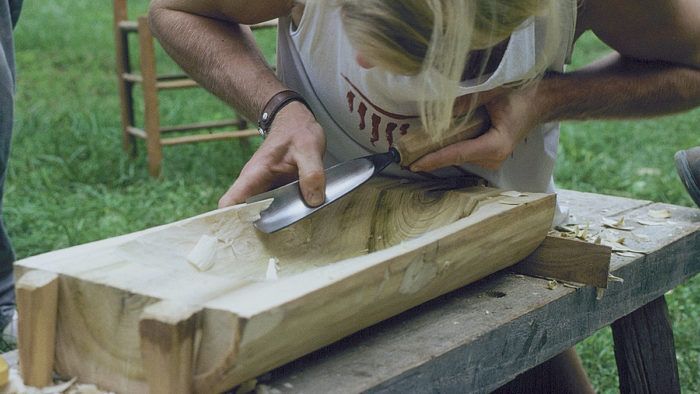
I built a coffee table for my first apartment. I used oak boards, reclaimed from kitchen cabinets. Most of the boards were shorter than I wanted, but I had plenty of glue. The result was an ingenious pattern for the tabletop with several linear feet of cross-grain glue joints. One winter evening, my roommate was shocked from the couch by a loud cracking pop and a release of energy that sent the TV remote to the floor. We were both stunned to see a new gap as wide as ⅜ in. through the coffee table top. I realized I had a lot to learn.
Thankfully, people that knew a lot more than me had written articles about wood movement in Fine Woodworking magazine. With each issue I learned all sorts of things about wood, tools, finishing, and joinery and made the lessons stick by putting them to practice in my shop. Even articles that didn’t exactly line up with my given interests at any point included ideas and information that were useful to an open mind.
As I became more focused on carving, hand-tool techniques, and green woodworking, I continued to rely on the read-and-try method for developing my skills, making lots of unexpected discoveries along the way. Learning in person would have been nice, but with time and money directed toward my young family, traveling to take a class was a difficult proposition. The authors of the many books and articles that inspired and guided me were my teachers, and I loved doing my homework. Fine Woodworking was one of my textbooks.
Now, the Digital Library of every Fine Woodworking issue is an amazing searchable treasure trove full of perspectives and techniques to be explored. One approach I find interesting and valuable is to read articles on the same topics written by different authors, sometimes decades apart. I’m still gratefully learning from all of them. Here are three pairs that will give you plenty to consider and practice in your shop or backyard.
David Fisher
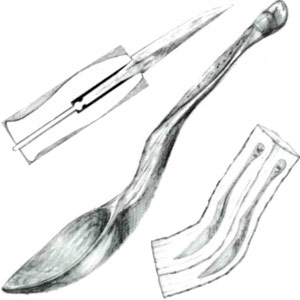 |
Knife WorkMake the knife and carve a spoon Rick Mastelli |
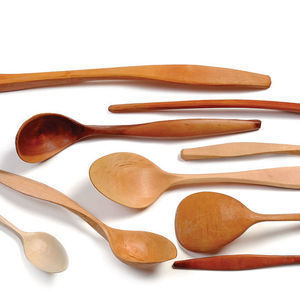 |
Making Wooden SpoonsA delight to make, they’re also a lasting pleasure to use Peter Galbert |
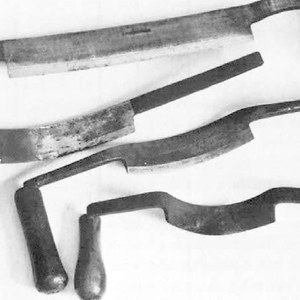 |
The DrawknifeLearning to use this simple tool Drew Langsner |
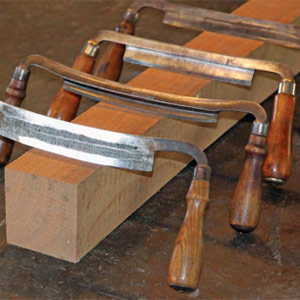 |
Master the DrawknifeA brilliantly simple shaping tool that’s versatile, fast, and a pleasure to use Curtis Buchanan |
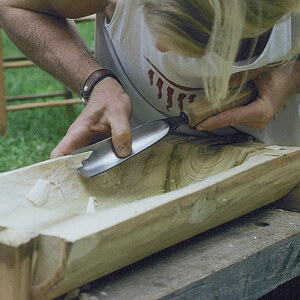 |
Carving a Dough BowlUsing ax, adze, knife, and gouge Wille Sundqvist |
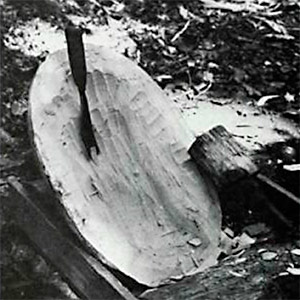 |
Dough TraysThe Southern tradition of handmade wooden bowls Delbert Greear |


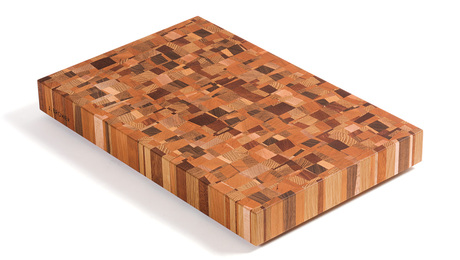
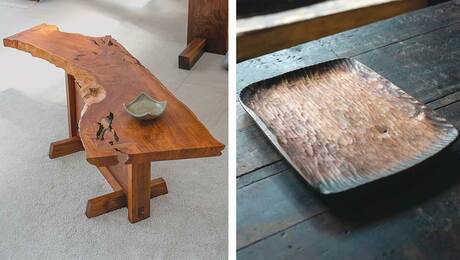
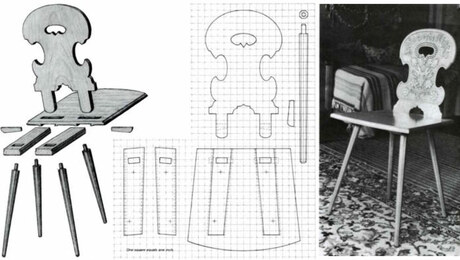
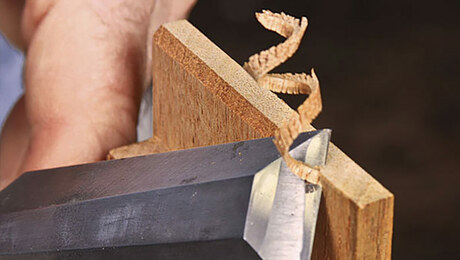
















Log in or create an account to post a comment.
Sign up Log in